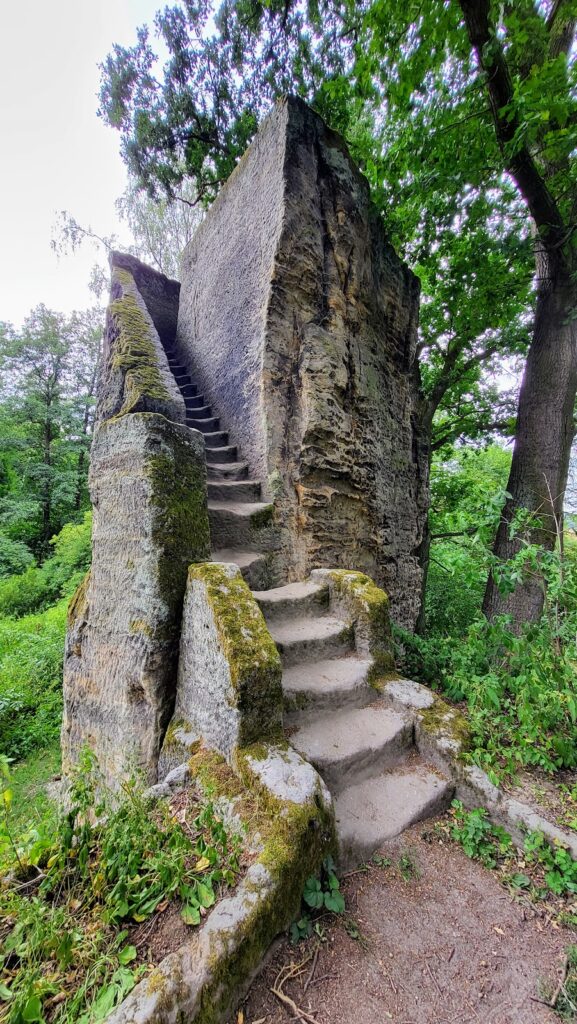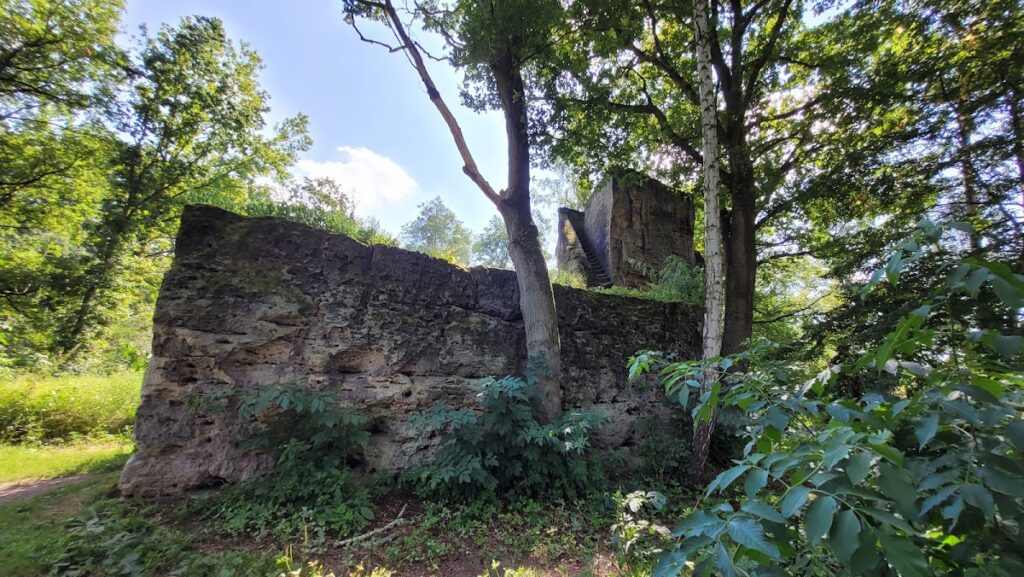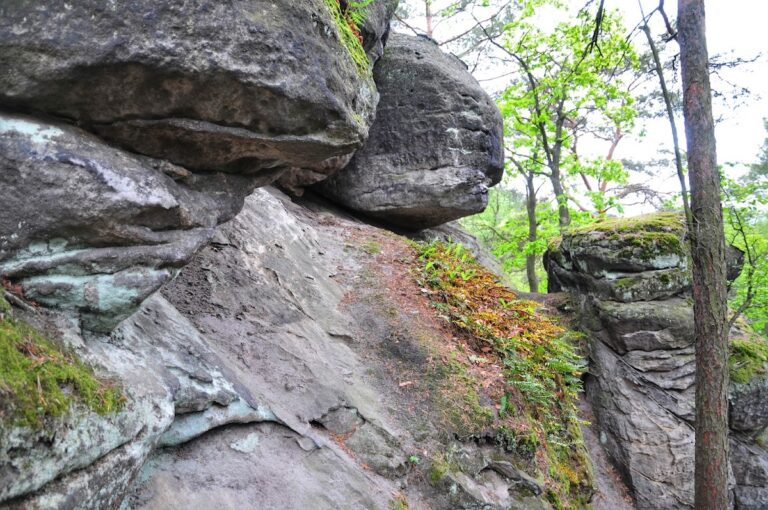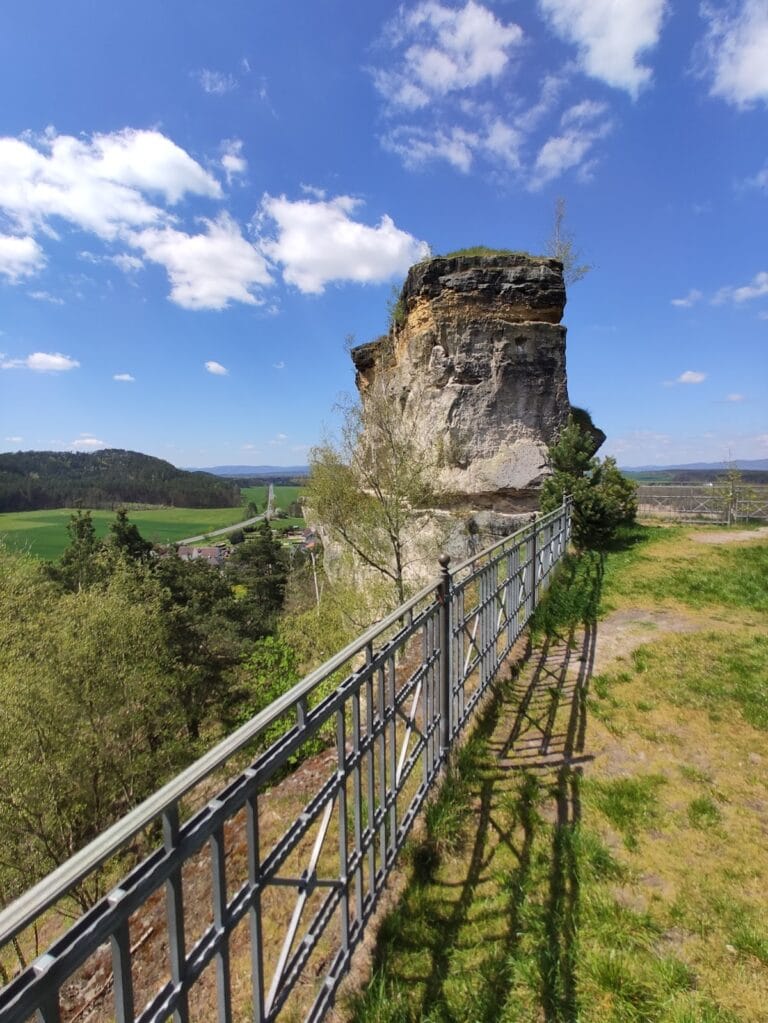Jiljov: A 19th-Century Romantic Ruin near Holany, Czech Republic
Visitor Information
Google Rating: 4.5
Popularity: Low
Google Maps: View on Google Maps
Country: Czechia
Civilization: Unclassified
Remains: Military
History
Jiljov is a romantic-style ruin located near the village of Holany in the modern Czech Republic. Its origins lie in the efforts of 19th-century landowners modifying the landscape surrounding the nearby Zahrádky Castle.
The site was created during the early 1800s as part of a designed scenic enhancement. After 1820, Vincenc Karel Kounic, the owner of the Zahrádky estate, commissioned alterations that transformed the terrain into a picturesque retreat. Despite some earlier misunderstandings of the site’s nature, detailed archaeological research in 1970 clarified that these earthworks and structures date solely from this period. Historian August Sedláček had once connected the location to medieval fortifications associated with local nobility, but no evidence supports such a medieval origin. Instead, the site was a deliberate 19th-century construction, reflecting the Romantic movement’s taste for creating atmospheric ruins within landscaped grounds.
Since 1965, Jiljov has received official protection as a cultural monument in the Czech Republic, recognizing its historic and cultural value as a 19th-century garden folly linked with the Zahrádky Castle estate.
Remains
Jiljov sits on a pronounced rocky formation shaped into an oval layout surrounded by a broad moat, varying from 15 to 32 meters in width. This moat encloses an island formed artificially as part of the designed landscape changes initiated in the 1800s. The site’s layout reflects a romanticized conception of a fortress ruin, typical of the period’s fascination with medieval antiquity, though functionally it served as a picturesque element rather than a defensive structure.
Excavations have revealed fragments of masonry along the moat’s edge, constructed from sandstone blocks joined with clay. These walls acted as retaining supports for the island, stabilizing the reshaped terrain within the water barrier. The remains of this masonry survive as ruins on-site, marking the perimeter of the engineered island. No extensive building foundations or interior structures were identified beyond these elements, consistent with the site’s aesthetic rather than military purpose.
Today, the ruins consist mainly of these weathered stone fragments interspersed with the molded natural rock, preserving the shaped landscape conceived in the 19th century. Access to the area is by a side path that branches off a nearby hiking trail connecting Holany and Zahrádky, leading visitors directly to this cultural monument that blends natural features with historic landscaping.










